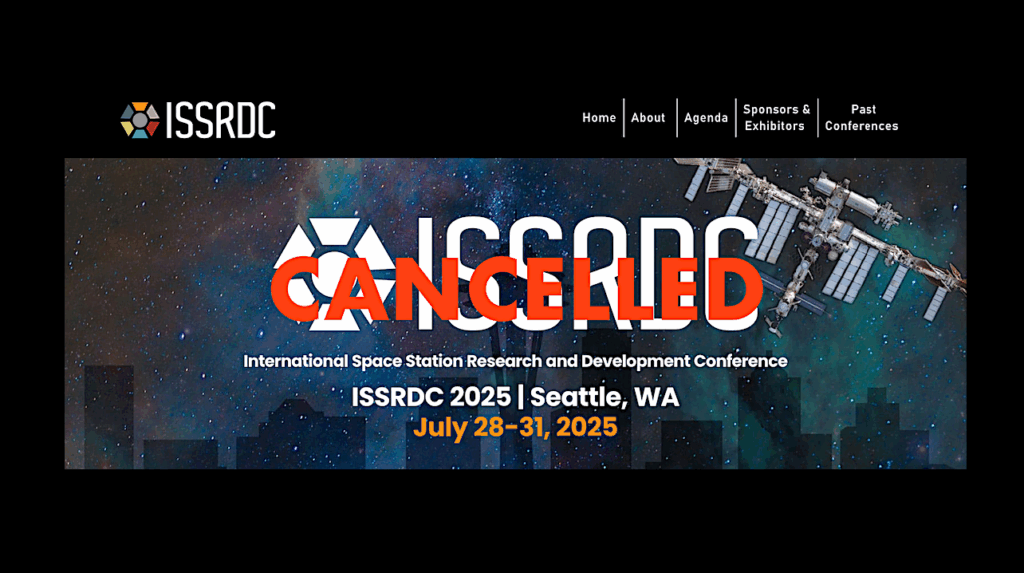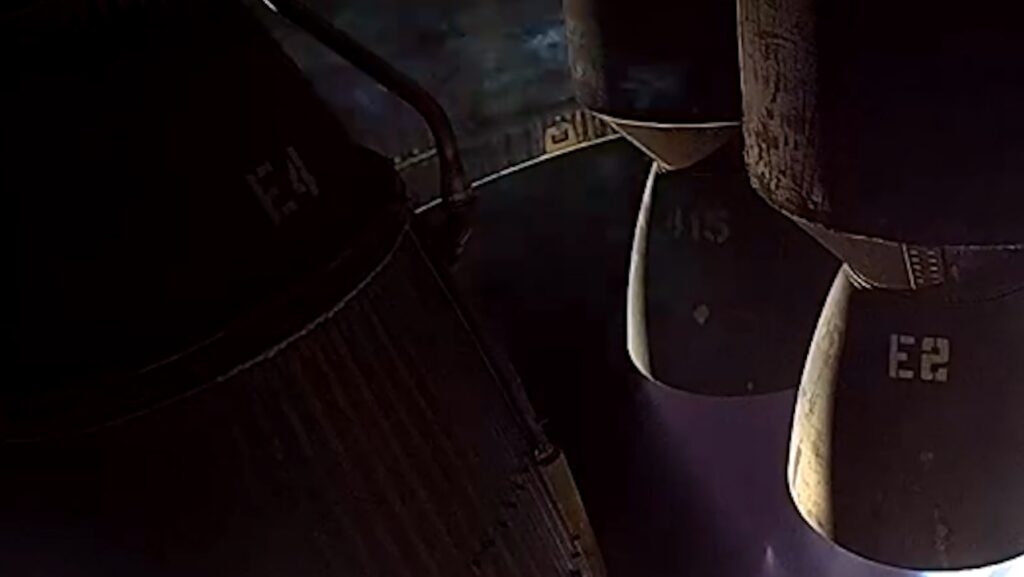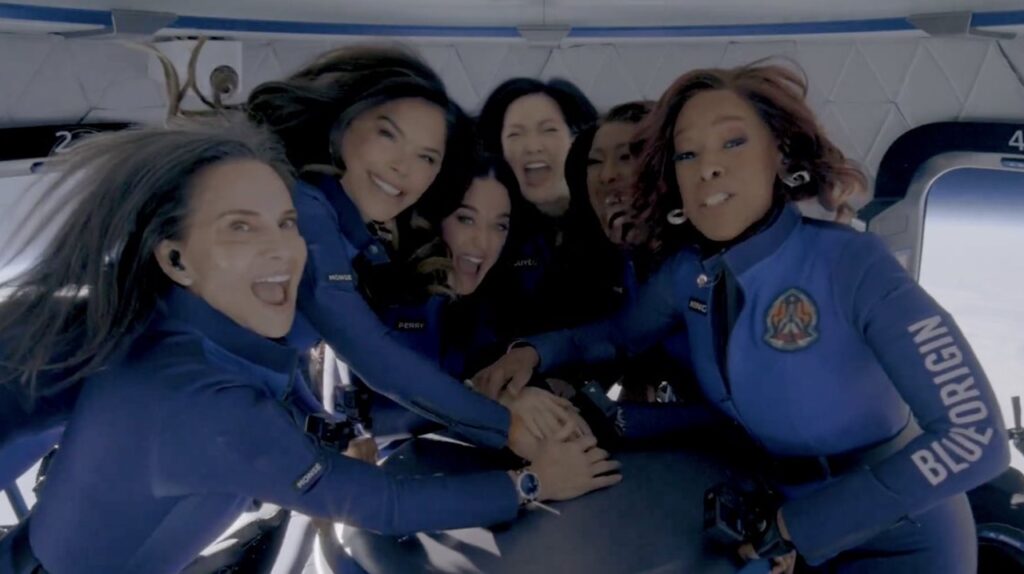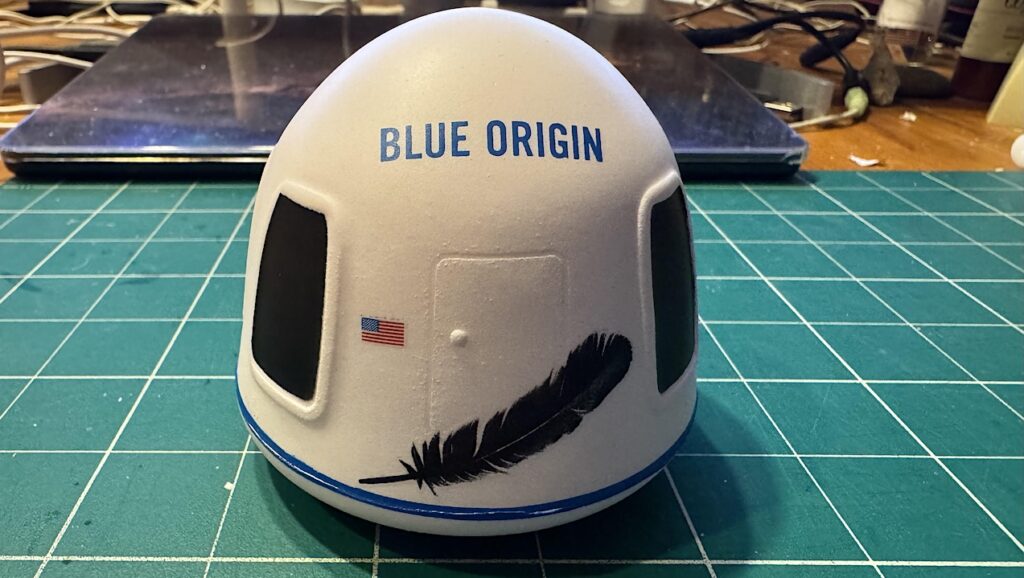Using a Last Place Robot for NASA's Robotics Challenge

Hosting of Humanoid Robots and Validation of Performance for The NASA Space Robotics Challenge Appendix
“In 2012, NASA began the design and development of a new bipedal humanoid robot, R5, through the DRC. NASA seeks to advance innovation in basic and applied research and technology development for humanoid robots, like R5, with a focus on the performance of tasks related to space exploration missions. NASA seeks to advance space technology by providing additional units of R5 to the robotics community for active research of high-level humanoid behaviors. These robots are intended to be the instruments for the SRC, which NASA will administer separately through the Centennial Challenges Program beginning in 2016.”
 Keith’s note: The R5 robot aka “Valkyrie” was developed in semi-secret by NASA JSC. Several years ago it tied for dead last in the previous DARPA challenge and can’t compete this week. But JPL’s Robosimian did much better last time and is competing again this year. So … why is NASA investing all this money in R5, a last place robot design? Why not go with Robosimian instead? Or … is NASA hoping that external teams, freed (somewhat) from internal NASA issues, might be able to rescue Valkyrie from all of its problems? If so, then maybe that’s not so bad of an idea. But why does NASA need to make the R5 copies for people to use? Why not just open source the design and post it online so that others can build (and improve upon) it? After all, taxpayers paid for it. That way you get more R5 units.
Keith’s note: The R5 robot aka “Valkyrie” was developed in semi-secret by NASA JSC. Several years ago it tied for dead last in the previous DARPA challenge and can’t compete this week. But JPL’s Robosimian did much better last time and is competing again this year. So … why is NASA investing all this money in R5, a last place robot design? Why not go with Robosimian instead? Or … is NASA hoping that external teams, freed (somewhat) from internal NASA issues, might be able to rescue Valkyrie from all of its problems? If so, then maybe that’s not so bad of an idea. But why does NASA need to make the R5 copies for people to use? Why not just open source the design and post it online so that others can build (and improve upon) it? After all, taxpayers paid for it. That way you get more R5 units.
Why not post Robonaut’s design online too? And Opportunity’s? Wouldn’t it be cool if the first robot that students build is one that is based upon the actual design of real robots that really work in space? As for the usual ITAR silliness NASA often cites when you ask them to release information like this – what’s the big deal? R5 does not work very well (on a good day), placed last among its peers – 2 years ago, and is clearly nowhere as sophisticated as other robots. Maybe someone else can make it work better.
NASA needs to take a page from the Lego Mindstorms playbook – after the public started to tinker with their in-house designs.
– Does NASA Have a Robotics Strategy? Did It Ever Have One?, earlier post
– NASA JSC Has Developed A Girl Robot in Secret (Revised With NASA Responses), earlier post









I am just guessing here, but maybe the Robotics Challenge is not their reason for developing Valkyrie? Maybe Valkyrie is being developed for the ISS, or Orion, or something else, and they display it for the Robotics Challenge simply for the heck of it? Valkyrie may well be ideally suited for some space-related task down the road, but doesn’t perform well in these Earth-based competitions. Or maybe I am totally wrong.
I’d love to see you go off on the NSA the way you do NASA. I am sure the NSA is thoroughly messed up, more than NASA will ever be. Of course, if you did, you be in jail inside of a week, because 99% of what the NSA does is classified. 🙂
Robosimian is more inherently suited to zero-g use. (All limbs are equally usable, re-orientable. Exchangeable “hands”. Repeating modular limbs for easy repair. Simple central core for easy repair/upgradability.)
R5 is just lame.
It’s not called “NSA Watch”.
> Or maybe I am totally wrong.
Yes you are totally wrong. NASA team failed the robotics competition not because of their design or the particular technology they chose. They just entered the fray wholly unprepared and apparently totally underestimating or misunderstanding the challenge.
Right. The JSC folks did not understand what they were doing.
Knowing the politics inside JSC a bit, it wouldn’t surprise me if the Valkyrie team was told to enter by management.
They refuse to tell me what this cost – so if they are afraid to admit that, what else are they not telling us?
JSC does whatever they want and NASA HQ has little if any control over them.
On the whole this might not be an entirely bad thing:-)
A bit like the NSA and your Congress by all accounts. I know, I know, OT but I couldn’t resist 🙂
Could it be that Valkyrie is being developed for lunar teleops vs orbital teleops outside of the VA belts. Different environments different telebots? Guessing here.
Robots are designed for tasks, whether generalized or highly specific. The humanoid shape is only one of a great many possible forms a robot could take, and it is one of the most challanging to emulate in a mechanical system simply from the standpoint of ambulation. While I have the greatest respect for designers who are able to go the humanoid route, I am not sure that real industrial experience supports the concept that a humanoid robot is needed in space to use existing human tools. For task oriented sceanarios something more like Curiosity can be a better choice; a stable all-terrain chassis with multiple specialized manipulators and multiple cameras. The fact that living things do not have wheels is an accident of biology; they are unexcelled for efficient movement in gravity. If you need legs, four might be better, or six, or only one. In weightlessness, neither wheels nor legs are needed. Form follows function.
If I’m not mistaken, Valkyrie failed in the last competition because it failed to start due to a mistake in programming. That is easily fixed. Doesn’t seem like a signal that the robot is a failure (it’s like saying a car needs a recall because a gas station guy loaded the wrong fuel). On the other hand, it doesn’t say anything about the real capabilites of the robot (which me haven’t seen either), so either they are hoping too much on it without proof (which will be wrong), or they are hiding that proof (which, taking in consideration JSC experience, doesn’t seem that far fetch).
Valkyrie has impressive physical stats with superior flexibility, but fell far short in the software development and validation. With the proper software, she will do really well. In R&D, you don’t throw away a prototype when it doesn’t work right on the first go.
Does R5 still fall under the agreement with GM, or was that just R2. If so, perhaps that has something to do with why all the design documentation is not open to the public.
That said, “taxpayers paid for it” is not a completely satisfactory justification to just release something. Neither is the fact that it doesn’t work as intended. As a taxpayer, I pay for a lot of government programs that don’t have open access, and they cross the spectrum of success.
Keith writes:
“As for the usual ITAR silliness NASA often cites when you ask them to release information like this – what’s the big deal?”
If it is under ITAR control, it is a violation of Federal Law to release that information. The penalties include fines, jail time, and loss of careers. That’s a big deal.
I am not defending ITAR or how it is enforced but until it is amended, replaced, or repealed, there are severe repercussions for being on the wrong side of it.
DUH
Its what NASA claims is ITAR restricted when in fact much more capable stuff is out in the world that is not.
The State Department controls what’s restricted under ITAR, Commerce (I think) has Export Controls.
I agree with you there’s more capable stuff out there. But, if the robot under discussion falls under the controlled lists, NASA has to follow.
ITAR needs serious reform.